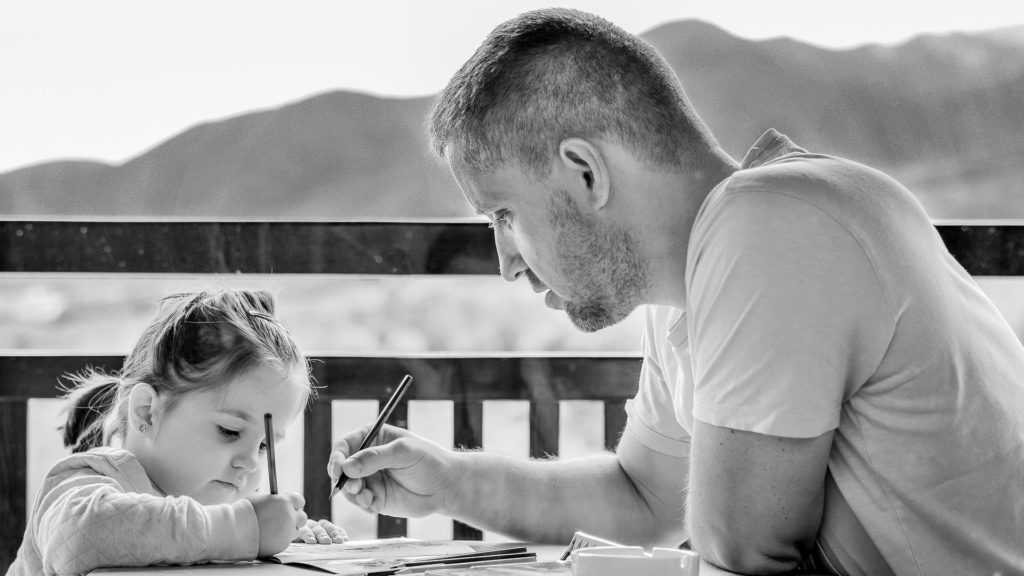Successful Generational Transitions: Building Trust and Flexibility into Your Work with Families

Generational transitions are a natural part of family philanthropy—trusting the next generation to honor established values and traditions while asserting their own leadership. Many families seek guidance from philanthropic advisors to find the right balance of implementing changes and maintaining the status quo.
In the webinar Successful Generational Transitions, staff members from the Seattle Foundation and the Community Foundation for Greater Atlanta shared techniques for smoother transitions. Key to all of this work is understanding the skills staff need to manage transitions effectively, recognizing the family dynamics involved in succession, and identifying processes that help families think about the future and plan for changes.
The speakers provided fantastic guidance for other advisors and staff working to engage different generations effectively. Here are four takeaways from the webinar that will guide advisors through truly successful generational transitions.
Transitions need time and trust
Lauren Domino, Director of Donor Stewardship & Engagement at Seattle Foundation, opened the call by sharing two major themes they’ve identified when working with families: time and trust. It takes time to grow authentic, trusting relationships with families—and for advisors to recognize that they are outsiders to the family. “We’re not going to accomplish much unless they trust us, and sometimes it takes time to build that trust so that there’s buy-in for doing this work,” Lauren says.
The Community Foundation for Greater Atlanta has prioritized time and trust in their work as well. Barrett Coker Krise, Senior Philanthropic Officer, has seen plenty of recent activity in donor families as Baby Boomers shift their philanthropy to younger generations. “It is really important to allow the families you’re working with to move in that space, to reassure them and be a constant so that when they are ready, they know the foundation is there to support them and help engage with their families,” Barrett notes.
Slow down in order to go far
Not only do advisors need to build relationships and trust over time, much of the work can be naturally slow-moving. Stephen Robinson, Philanthropic Advisor at the Seattle Foundation, shared that “we have to slow down in order to go far.” It is essential to understand the values of each individual as well as the collective values of the family, and then connect those values to grantmaking. “At a high level, you can see that we go through first helping the family to understand itself, and then secondly create a bridge between the family and the community that it hopes to serve,” Stephen shares.
Spending time with a family to build trust and to have deep—sometimes difficult—conversations about values is critically important to ensuring a smooth leadership transition in the future. Deliberately making space for these values discussions takes time, but is invaluable to the process later on.
Be flexible
Families need different types of support over time, and being able to adapt to these changes will help families transition more smoothly. Kathleen Wagner, Senior Philanthropic Officer at the Community Foundation for Greater Atlanta, discussed a family looking to shift grantmaking over to the next generation without future grantmaking priorities defined. Kathleen structured their first family meeting as intentionally broad—including a shared values exercise, review of former giving priorities, and a wide-ranging conversation on future grantmaking. This flexible structure allowed the family to convene over multiple large topics and move closer to consensus.
Creating moments for re-evaluation and change is another part of successful transitions. “You still need to have some space for re-evaluation [and] for keeping that innovation, because what works with one generation maybe doesn’t work with the next one or exactly in the same way,” Barrett added.
Barrett discussed another fund designed so family participation is entirely optional. Every person in the family was invited to participate, with the ability to opt in and out as desired. Building in that flexibility with a “door is always open” policy has allowed family members to be involved at different times and at different levels, and helped the next generation become engaged at their own pace.
Integrate the transition as early as possible
Including succession planning earlier in donor conversations is another part of building a smoother transition. For many of the bequests now coming to fruition for the Seattle Foundation, there is little documentation to guide the transitions, which can make the process challenging. After reflecting on their work with families, the Foundation is now incorporating transition planning into donor conversations at the outset. “The one big lesson we would say is to get ahead of problems—really think about how your organization can integrate this transition planning, particularly in your bequest processes,” Lauren says.
Lessons learned
The reflections from Seattle and Atlanta staff mirrored one another: it takes consistent and deliberate effort to manage a transition amongst family members. Building trust with families is essential—creating authentic relationships over time and exploring the family’s core values are equally important aspects of that trust. Families need flexibility as their circumstances change, and integrating succession planning earlier is deeply beneficial to all involved. With the right knowledge and tools in mind, advisors can be invaluable guides through this work.
